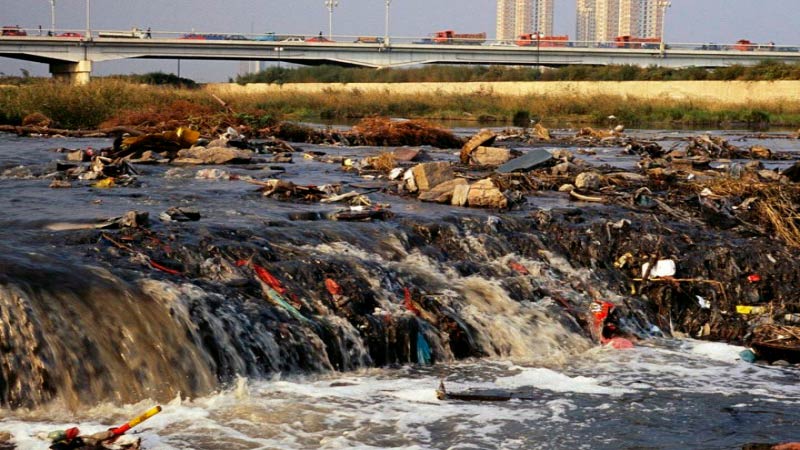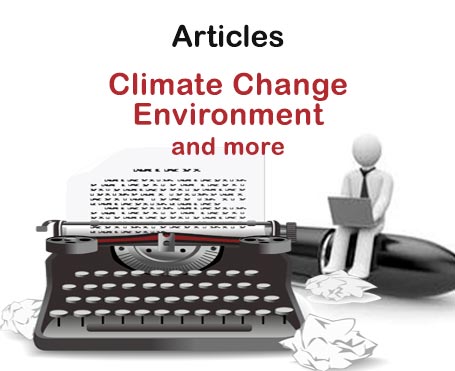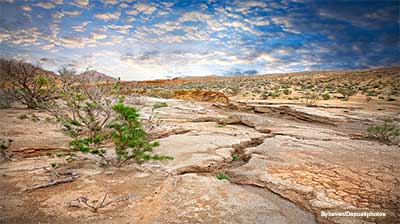FAQs about Water Pollution and Shortage

6. Which are the countries that best manage their waters?
The city-state of Singapore. “About 50 years ago, it had only two sources of water: rainwater and water imported from Malaysia. The country’s national water agency, PUB (Public Utilities Board), understood that it was necessary to take certain measures to ensure a stable water supply. Singapore invested in new technology and treatment plants, cleaned its water resources and raised awareness about water issues throughout the country. Today, Singapore can meet up to 30 percent of its water needs with recycled water, which it calls the NEWater, and up to 25 percent of its needs with desalinated water. The use of water per person has also been reduced from 165 liters per day in 2003 to 150 liters to date.”
The Netherlands. “With two-thirds of the country prone to floods, the Netherlands has spent centuries building a huge network of barriers to contain floods. However, due to climate change and rising sea levels, the country decided that it should do more than simply raise the height of the levees. The project “Ruimte voor de rivier” (Place for the river) of the Netherlands involves changing the course of more than 30 rivers so that they can overflow without causing damage. The city of Nijmegen, for example, had to evacuate 250,000 residents twice in the 1990s due to flooding. Instead of trying to prevent the entry of water, the new solution for the city was to move the barriers inland and dig a huge new channel for the river. The result: a larger floodplain and a new island and urban park in the middle of the city.”
Sweden. “To limit uncontrolled urban sprawl, the planning regulations of Stockholm, Sweden, require the reuse of land before the development of new areas. In the mid-1990s, the city decided that rebuilding an old industrial zone would be a great opportunity to design a sustainable eco-district. The district aims to cut water consumption by 60 percent per person, in addition to reducing all waste produced by 40 percent. Today, the district wastewater treatment process produces both biogas for cooking and energy to heat homes. All stormwater is purified through sand filters, ponds and green roofs, which reduces the load for the wastewater treatment plant and increases efficiency. ”
Israel. “Given that 60 percent of Israel’s territory is desert, the country has always been aware that careful water management is critical to its success. The decrease in precipitation and the rapid growth of the population have put to the test their capacity to supply themselves with water. For these reasons, Israel has built over several decades a system that is based on water conservation, desalinated seawater and the use of recycled water to irrigate their crops. Israel has made the use of efficient toilets mandatory and has set water rates that discourage waste. The country’s innovative irrigation method, called micro irrigation, involves draining small amounts of water directly into the roots of a plant, and not flooding the fields. ”
U.S. “Recently, water management in Silicon Valley, California, has become as innovative as the famous IT companies that host that area. Currently, in its fifth year of severe drought, California has needed finding durable solutions to water scarcity. One solution was a new water recycling plant, the Advanced Water Purification Center of Silicon Valley, which produces eight million gallons of recycled water per day (just over 30 million liters), using microfiltration, reverse osmosis treatments and ultraviolet light. ”
Information according to AguasResisuales.info
FAQs about Pollution and water shortage
Updated and extended in August 2021
Pollution
1. What is the hydrosphere?
2. Why is water important?
3. What is water pollution?
4. What are the main water pollutants?
5. What diseases does water pollution transmit?
6. Which are the countries that best manage their waters?
7. What should be done to keep the waters clean?
8. What are oligotrophization and eutrophication of lakes?
Shortage
9. What is water scarcity?
10. What are the causes of water scarcity?
11. What is water stress, periodic scarcity and water scarcity?
12. Can we finish drinking water on the planet?
13. What are the cities with the greatest water shortage?
14. Could wastewater be used to solve the water shortage?
15. Why is not the water in the seas desalinated?
.
Sources
United Nations. Global Issues. Water. https://www.un.org/en/global-issues/water
United Nations. UN-Water. Water Scarcity. https://www.unwater.org/water-facts/scarcity/
UNESCO. Is wastewater the new black gold? 21/03/2017. https://en.unesco.org/news/wastewater-new-black-gold
UNESCO. Water Scarcity and Quality. https://en.unesco.org/themes/water-security/hydrology/water-scarcity-and-quality
Wikipedia. Water scarcity. https://en.wikipedia.org/wiki/Water_scarcity
Other sections of Water Pollution and Shortage

Our planet could have been called “Water” instead of Earth, because of the immense amount of the vital liquid that it houses. For something is blue and not ocher, although the atmosphere also helps paint that wonderful tone…
You can also see it in…
Infographics

Photo Gallery.

Video Gallery


